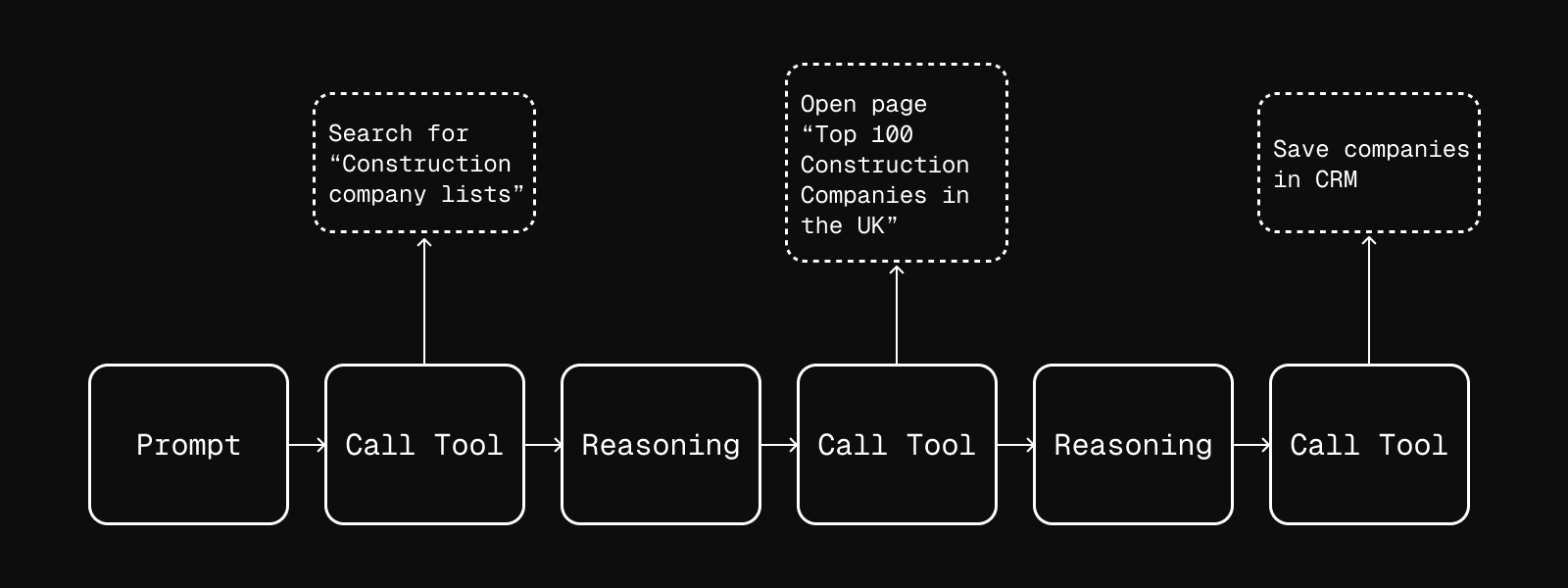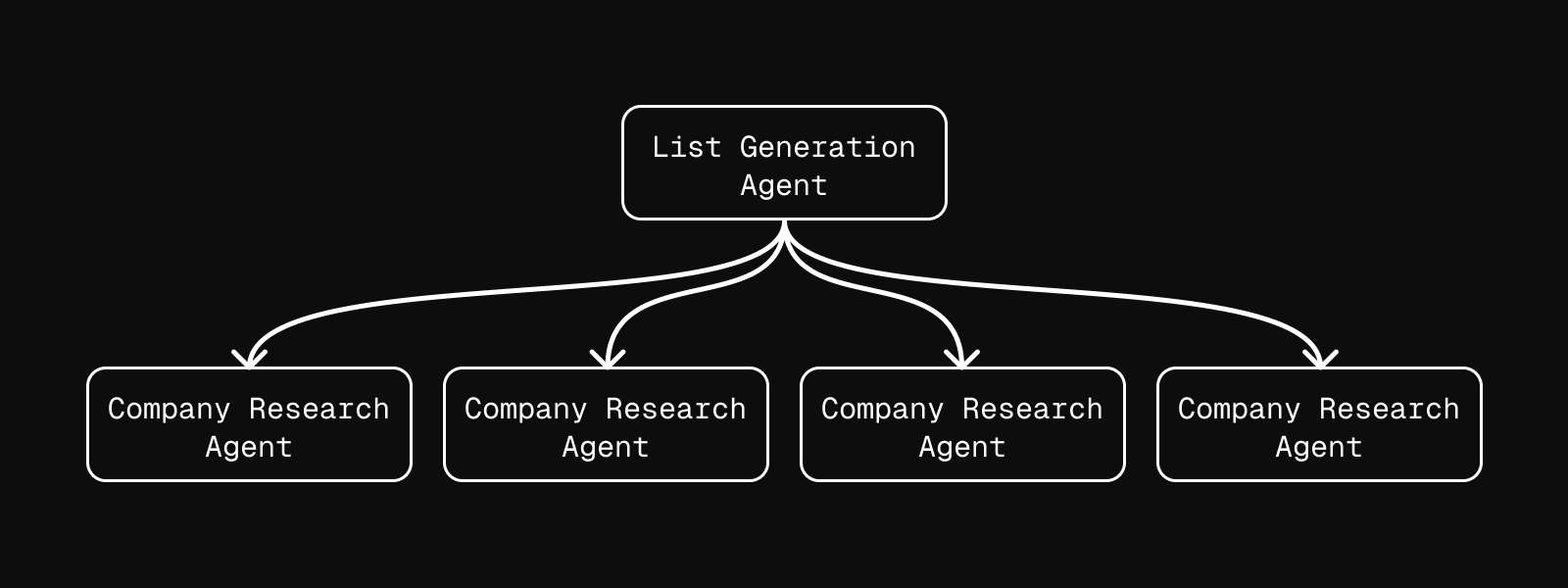Smarter AI Uses Tools

We have a new employee at IXN: not the traditional flesh and bones type, but a new type of employee - An AI. Sitting on my desk is a 2013 Mac Mini, rescued from the back of a cupboard and now running our new IXN AI software. Its current job: Lead generation.

What makes this AI different from the ChatGPTs and Claudes of the world is that it isn’t just a static chatbot. IXN AI can be given tools and a job description and it gets on with its job, autonomously, requiring no human supervision.
Tools

our “lead generation employee” is equipped with two essential tools:
- A Web Browser tool – so it can actually go online, read the latest data, and search like a human would.
- A CRM tool – so it can store, organize, and act on the data it finds.
Other tools can be easily added using an interface called MCP, what many are calling the “USB for AI”. Example tools could be:
- Email tool for sending emails.
- Google workspace tools for creating documents and presentations
- Project management software tools to manage a team.
Iteration

Whereas ChatGPT or Claude might stop after 5–6 steps of reasoning, our IXN AI can run up to 100 actions per iteration of its goal. That means it doesn’t just answer one question and stop—it keeps pushing forward until it’s achieved something useful. And instead of waiting for me to hit “enter,” it can run constantly in the background, iterating on its own.
Here’s what that looks like in practice:
Job Description
We use prompts to give the AI employee a kind of job description. Think of it like an onboarding guide: instead of saying “go find me leads” in vague terms, we spell out the steps it should follow and the tools it should use. The AI then executes that description, repeating the cycle until it produces useful results.
Example: List generation
You are a lead generation assistant. You must use the web browser tool to find your information. You find information about potential customers in a specific industry. You search for lists of companies within the industry, industry awards and directories to find companies. Return data as a list of names of companies.
This is the kind of research task that would normally take an intern hours. IXN AI does it in minutes.

Once IXN AI has a list of companies, it can go through each company and find contact and financial information, key leadership figures, their email addresses and linkedin profiles - For a sales associate to later pursue as leads.
Example: Company research
You are a research assistant. You must use the web browser tool to find your information. You find information about companies in <industry>, given their name. You search for their website using DuckDuckGo, using query “COMPANY_NAME <industry>”. You extract the relevant information from the website (try terms & conditions or privacy page for company legal name and company number). You can use UK companies house to find financial information. You use about or team page find key directors / leadership information. You use Linkedin to find their profiles, connect with them on Linkedin if possible. If you can’t easily find their linkedin profile, don’t worry about it. Try and work out their email if possible.
This is beyond what a traditional chatbot can do. It’s not just answering questions—it’s working like an employee.
Final thoughts
The exciting part? This is just the start. Lead generation is a great early use case, but the same approach can apply to research, operations, project management, finance, customer success, or anything else that requires online research and structured output.
At IXN, we’re experimenting with what it means to hire not just people, but AI employees. Smarter AI doesn’t just talk — it acts. And with tools, it’s ready to work.